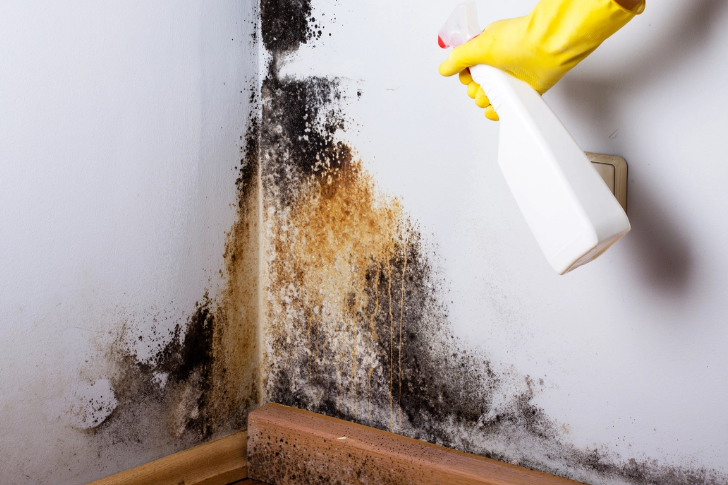Practical Tips for Mold Removal: Easy And Budget-Friendly
Mold in your home is not just ugly—it’s also bad for your health. It can cause breathing problems and other sicknesses. This guide will teach you how to remove mold safely and without spending a lot of money. We’ve carried out detailed research!

Practical Tips for Mold Removal: Easy and Budget-Friendly
Mold in your home can be more than just an unsightly nuisance; it can also pose serious health risks to you and your family. Mold spores are known to cause respiratory problems, allergies, and other health issues. Therefore, it’s essential to address mold issues as soon as they are detected. This comprehensive guide provides practical, budget-friendly tips for mold removal, ensuring your home remains healthy and mold-free.
Understanding Mold
Mold thrives in moist, warm environments and can grow on a variety of surfaces from walls and ceilings to carpets and furniture. Common causes of indoor mold growth include high humidity, water leaks, and condensation. Identifying the source of moisture that is allowing the mold to grow is the first step in effective mold removal.
Safety First
Before you begin the mold removal process, it’s crucial to protect yourself. Wear protective gear such as gloves, goggles, and a respirator or mask designed to filter mold spores. This is especially important if you are sensitive to mold.
Simple Cleaning Solutions
For minor mold problems, such as those found on non-porous surfaces like tiles and countertops, household cleaning solutions can be effective:
- Vinegar and Water: Mix one part vinegar to one part water and apply it to the moldy area with a spray bottle. Allow it to sit for an hour before wiping clean.
- Baking Soda and Water: Create a paste with baking soda and water, apply to the mold, let it sit, then scrub and wipe away.
- Hydrogen Peroxide: Apply 3% hydrogen peroxide to the moldy area, let it sit for 10 minutes, scrub, and then wipe away.
Dealing with Porous Materials
Mold on porous materials like wood and drywall can be more challenging to remove. In some cases, the mold-infected parts may need to be completely replaced. For surfaces that can be cleaned, a mixture of detergent and water can be used without adding bleach. Scrub the mold away and make sure the area is completely dry afterward to prevent the mold from returning.
Preventing Mold Growth
Prevention is key to controlling mold:
- Control Humidity: Maintain indoor humidity levels at a maximum of 60% by using dehumidifiers and air conditioners.
- Improve Ventilation: Ensure that bathrooms, kitchens, and laundry rooms are well ventilated.
- Fix Leaks: Repair any plumbing leaks or other water problems as soon as they occur.
- Dry Wet Areas: Wipe up any spills and dry out wet areas within 24 to 48 hours to prevent mold growth.
When to Call Professionals
For extensive mold problems, or if the mold comes back after cleaning, it may be time to call in the professionals. Professional mold removal services have the tools and expertise to safely and effectively remove large mold infestations.
Conclusion
Mold removal doesn’t have to be expensive or overwhelming. By using these practical and budget-friendly tips, you can effectively tackle mold problems in your home. Remember, the key to mold control is moisture control. By keeping your home dry and well-ventilated, you can prevent mold growth and ensure a healthier living environment.







Recent Comments